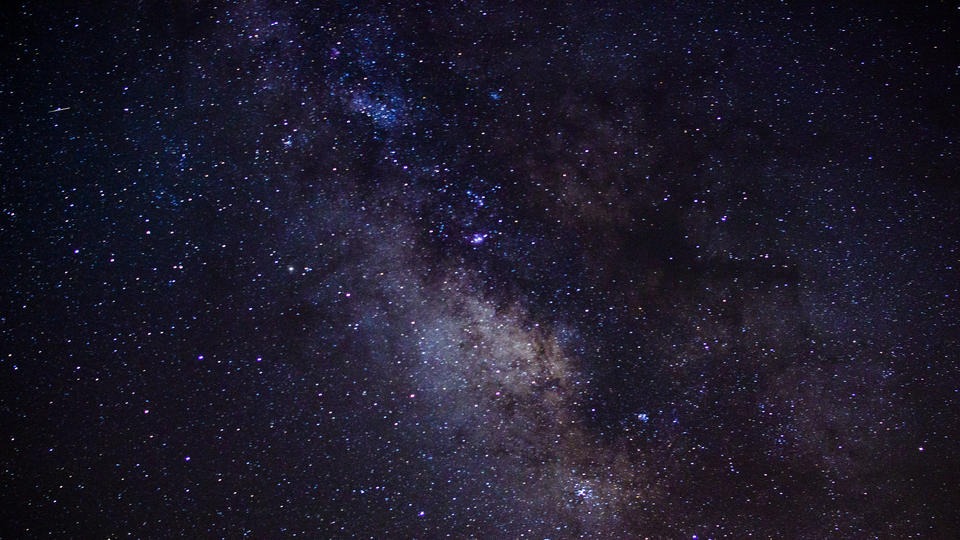Earth Day 2020 is Wednesday, April 22, 2020! Celebrating the 50th anniversary staying inside the home for the betterment of the globe. This year the world rises in the united call towards the innovation of serving the planet for a better cause. Alongside, on the same day, the astonishing Lyrids are here for us joining hands with a new moon day – means an excellent viewing experience is guaranteed…

A splendid cosmic light show, the annual Lyrid Meteor Shower is set to peak this week and the best thing is that you can witness this classic light show even during the coronavirus COVID-19 pandemic. It is active and probably reaches its peak during the predawn hours on Wednesday, April 22, 2020, with 10 to 15 meteors per hour, according to a statement from NASA. No matter where you are on Earth, the best time to watch is between midnight and dawn.
The Lyrids are the meteor shower especially happens during April lasting from April 16 to April 26 each year. And this is the point of time in the sky from which the meteors are visible to us on Earth. Lyrids are the fragments trail of the comet C/1861 G1, a long-period comet by Thatcher.
🌠 LYRID METEOR SHOWER 🌠
— Liam Ball (@Liam_Ball92) April 21, 2020
The #lyridmeteorshower will peak tonight, 15-30 meteors an hour is possible, just look anywhere in the night sky as soon as its dark & for once the skies over the UK will be clear. Enjoy🌠 pic.twitter.com/V7MCS9R3kT
According to astronomers, optimal viewing is very much possible to predict meteors with a dark sky from being anywhere in the northern hemisphere during the peak night time on Tuesday into Wednesday with minimal light pollution and a clear view of the sky with clouds covered. That too with a new moon day set for Wednesday, the moonlight has been washed out to witness the best spotting experience of meteors. NASA scientist said a new moon day will darken the sky for a superfluous viewing of up to 18 meteors per hour.
While the meteor showers with a streak in the sky that can be seen on Earth from miles away, caused by streams of meteoroids hitting our atmosphere. Specks of meteor travel at a speed of about 110,000 mph. Sometimes the meteors leave brilliant trails behind them in the form of ionized gas.
Get ready to observe the spectacular Lyrid meteor shower peak on April 21 - 22 🌠 Here’s everything you need to know about this celestial event ➡️➡️➡️ https://t.co/jB9xXI8dy8 pic.twitter.com/HTlDxpgtAr
— Star Walk (@StarWalk) April 20, 2020
Telescope enhances the fidelity among the viewers, and the good news is that the Lyrids can be seen without a telescope. Anyone can view the meteor shower with the naked eye.
It is noticed that Lyrid isn’t the brightest shower observed by humans, whereas the oldest Perseids and Geminids overtake them. According to astronomers, since the past 2700 years, the first-ever record of viewing was from China in 687 BC.
Even though the Lyrid isn’t the most spectacular meteor shower of the year, but they do occur during the entire seasons without any major showers from January to April. So, it is a great opportunity to step out of those four walls and spend some time gazing at the skylines, especially during these times where we spend our time indoors.



Leave a Reply